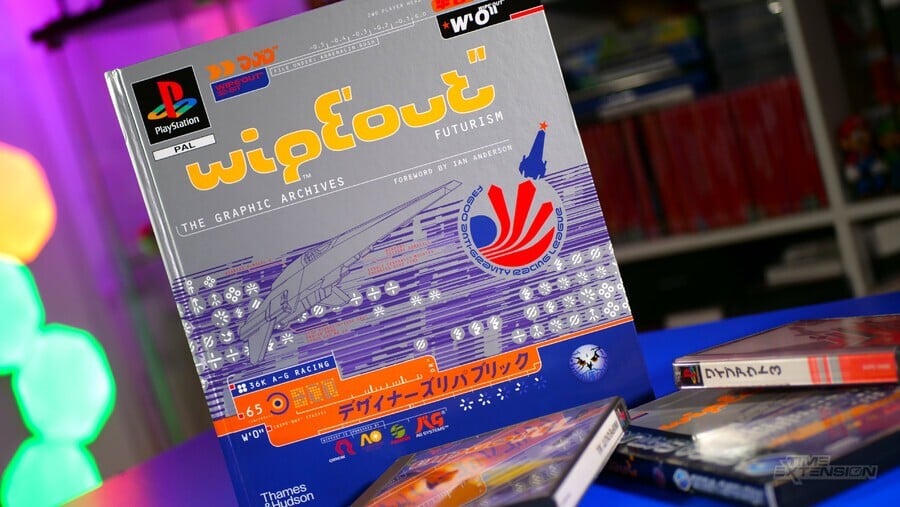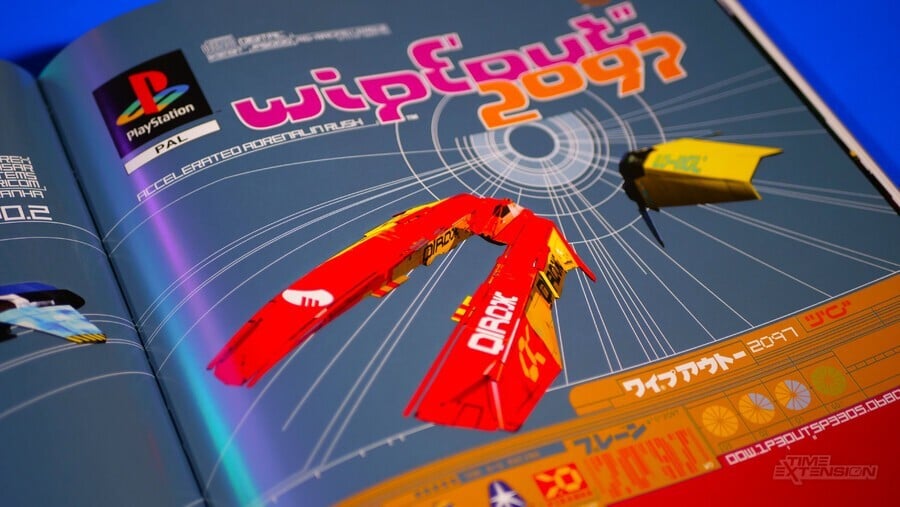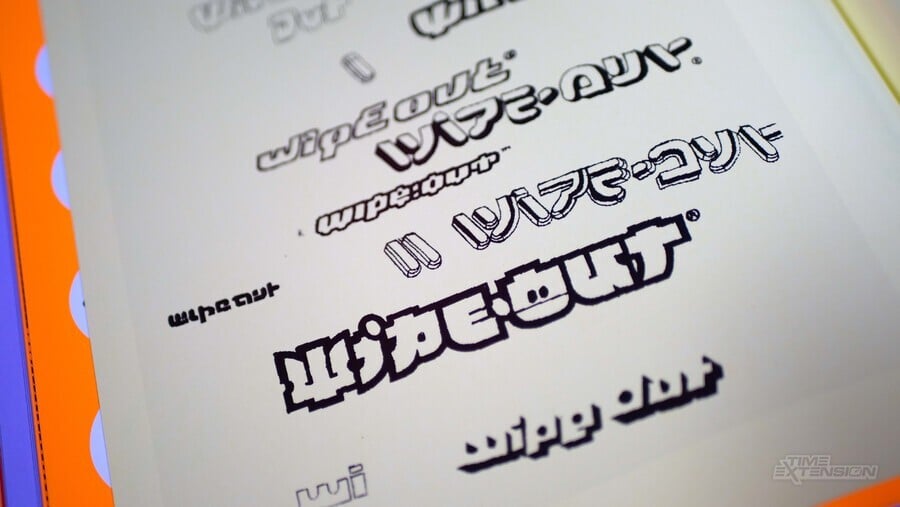
It's hard to effectively communicate in words the remarkable impact WipEout had on the world of video games when it launched alongside the PlayStation in the West in 1995.
From its iconic box artwork to its groundbreaking music and cutting-edge visuals, it was, alongside Ridge Racer, the game which illustrated the massive stride games were taking; little wonder, then, that it spawned a successful series that is close to the hearts of many 40-something gamers.
If you feel the same way about WipEout, then you've probably already got your copy of Read Only Memory's WipEout Futurism: The Graphic Archives, an extensive look into the history of the series packed with concept artwork, logos and much, much more.

Penned by esteemed games journalist Duncan Harris (who also wrote the utterly essential Bitmap Brothers Universe), WipEout Futurism affords unprecedented access to the talent that made the franchise possible, giving the reader a behind-the-scenes glimpse at the entire series.
Harris speaks to the majority of the key personnel behind each instalment, as well as the designers and musicians who helped shape and expand its world. The Designers Republic's Ian Anderson (who contributes the book's foreword), Michael Place and Nick Bax are all involved, and Orbital's Paul Hartnoll speaks about adapting the legendary track P.E.T.R.O.L. for the game's soundtrack.
Such is the level of detail that a significant portion of the book is devoted to Psygnosis' history – a key consideration when you take into account that, were it not for the Liverpool studio's unique evolution and setup, WipEout simply would never have happened; the first game was born out of the company's forward-thinking 'Advanced Technology Group', founded in 1991 to leverage the potential of CD-ROM as a video game medium.

Harris' text does a fantastic job of placing you "in the room" when key choices were made – the initial battles between the design team and The Designers Republic on ownership of the game's look; Sony's decree that the game's development deadline be slashed in order to make the PlayStation launch; the back-breaking crunch which pushed many of the team to their absolute limits. Those involved are candid in their interviews with Harris, making this an incredibly intimate and far-reaching investigation into what it's like to craft a legendary series of games.
It's rare that you get a "coffee table art book" in which the text and imagery are so perfectly aligned, but that is certainly the case here; chapters are sandwiched between pages and pages of gorgeous imagery and art.
Prototype logos and cover designs, hand-drawn track layouts, lush renders for CGI introduction sequences... is there a series in the history of video games that manages to generate such intense feelings with something as simple as logos and text design? We're struggling to think of one, in all honesty.

Such is the perfect marriage between visual design and gameplay that it's actually quite poignant when you reach the point in the book where The Designers Republic walks away from the series, post-Wipeout 3. "It was crazy," admits Micheal Place on the prestigious design agency being asked to pitch ideas for a fourth game alongside rival studios, despite having irrevocably shaped its world for three previous instalments. "Just genuine disappointment."
But that's just part of the incredible narrative history that has grown up around a series which, for millions of people, came to define the ground rules of gaming in the mid-'90s. The stumble that was WipEout Fusion is documented here, too, as is the return-to-form of WipEout Pure and the most recent console instalment, the love letter that is WipEout Omega Collection – made after the tragic closure of Sony Studio Liverpool, which was Psygnosis in all but name.
Like many other WipEout fans, we're hopeful that Sony will see fit to revive the series at some point, but for the time being, WipEout Futurism is the very best way to celebrate this seminal series of video games.
The 1000-copy run of WipEout Futurism is now sold out, as is the 500-copy "Studio Build" edition signed by Michael and Nicky Place. The retail version – which is what we're reviewing here – is being published by Thames & Hudson and launches on 14th November 2024.
Please note that some external links on this page are affiliate links, which means if you click them and make a purchase we may receive a small percentage of the sale. Please read our FTC Disclosure for more information.
